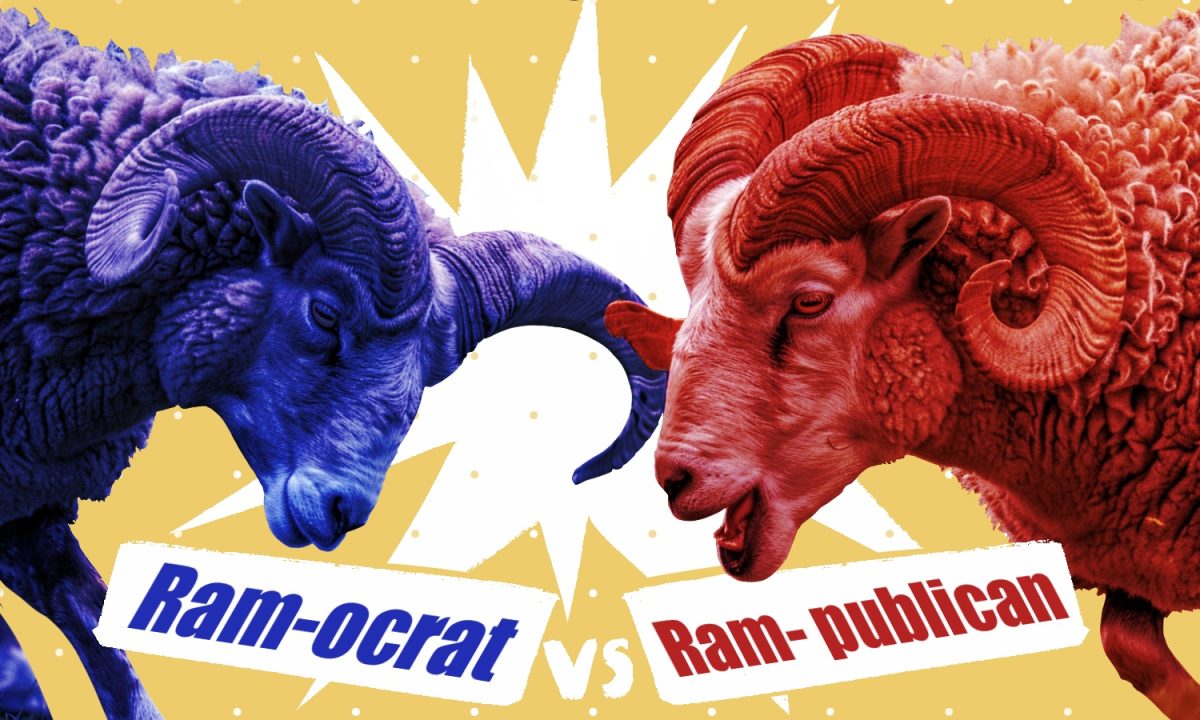Editor’s Note: All opinion section content reflects the views of the individual author only and does not represent a stance taken by The Collegian or its editorial board.
Asian food has been a popular cuisine in the United States since the mid-1800s. Chinese immigrants who settled in California first brought their traditional food with them, and now the cuisine has spread to be what some consider the highest ranked ethnic food in the world. Since then, more Asian cuisines have taken the United States by storm, such as Japanese hibachi and Korean barbecue.
But now a new trend is taking over: Asian fusion restaurants. Asian fusion is defined as blending “the bold flavors of Asian cuisine with the more delicate tastes of Western cuisine.” While Asian fusion restaurants might be gaining traction and becoming more popular in the United States, these types of restaurants are actually harmful to traditional Asian restaurants.
“Combining different elements from different countries can create a unique flavor profile, but it can also cause diners to clump all of the cuisines into one.”
By definition, Asian fusion restaurants tame flavors to fit a more “delicate” Western palette. By trying to cultivate a menu that caters its flavors to Western tastes, Asian fusion restaurants are doing a disservice to their own flavors. The flavors used in traditional Asian restaurants stay true to their roots and bring different cultures to restaurants in the United States.
Asian flavors are characterized more by bitterness, spice and umami. By catering to the more sweet and salty Western palette, Asian fusion restaurants make Americans expect traditional Asian restaurants to do the same. This means that when true Asian flavors like the umami flavor shine through in dishes, Americans can be taken aback and not like the dish.
In addition to tapering traditional Asian flavors in order to appeal to the Western palette, Asian fusion restaurants also combine different elements from numerous Asian countries and cultures. While this might seem like a good idea, it actually causes Asian fusion restaurants to contribute to the generalization of Asian countries and cultures.
Combining different elements from different countries can create a unique flavor profile, but it can also cause diners to clump all of the cuisines into one. By labeling all of these dishes “Asian cuisine,” people are inadvertently disrespecting the different countries from which each cuisine originated.
People might cluster similar items together, such as potstickers and gyoza, but they actually have very different and unique origins. Potstickers are a traditional Chinese dish, whereas gyoza are Japanese in their origin and were actually invented during World War II. Lumping these two dishes together not only disrespects their origins but also contributes to harmful generalizations about Asian countries and cultures. People might eventually expect to find potstickers at a traditional Japanese restaurant and be disappointed when the restaurant does not offer potstickers, only gyoza.
While Asian fusion restaurants have gained popularity and have the potential to introduce Western palettes to a variety of new flavors and dishes, they also do a disservice to traditional Asian restaurants. People can still enjoy Asian fusion restaurants and enjoy their cuisine, but they should be aware that the two offer different cuisines, so they should not have the same expectations when visiting a traditional Asian restaurant.
Reach Hana Pavelko at letters@collegian.com or on Twitter @hanasolo13.













